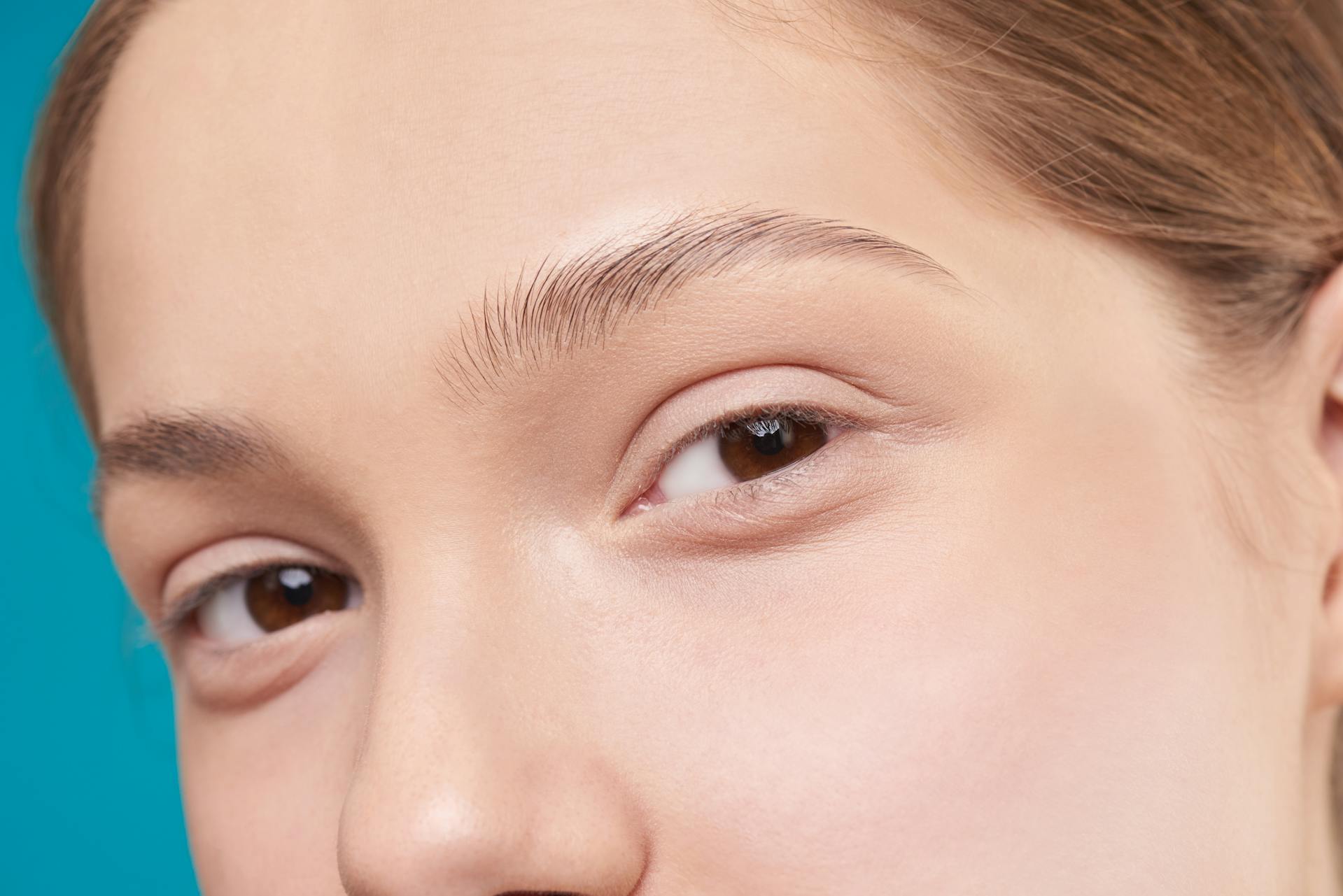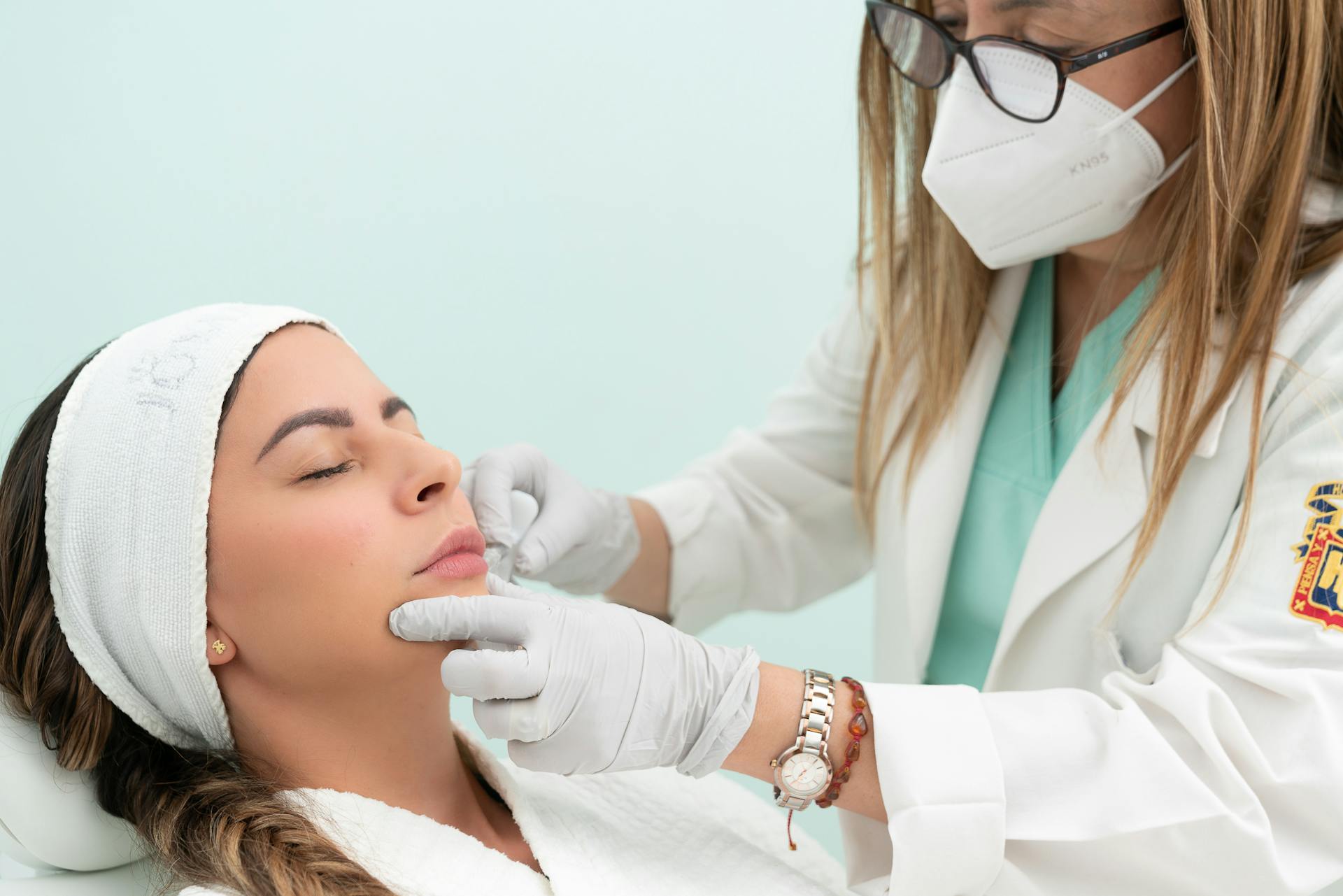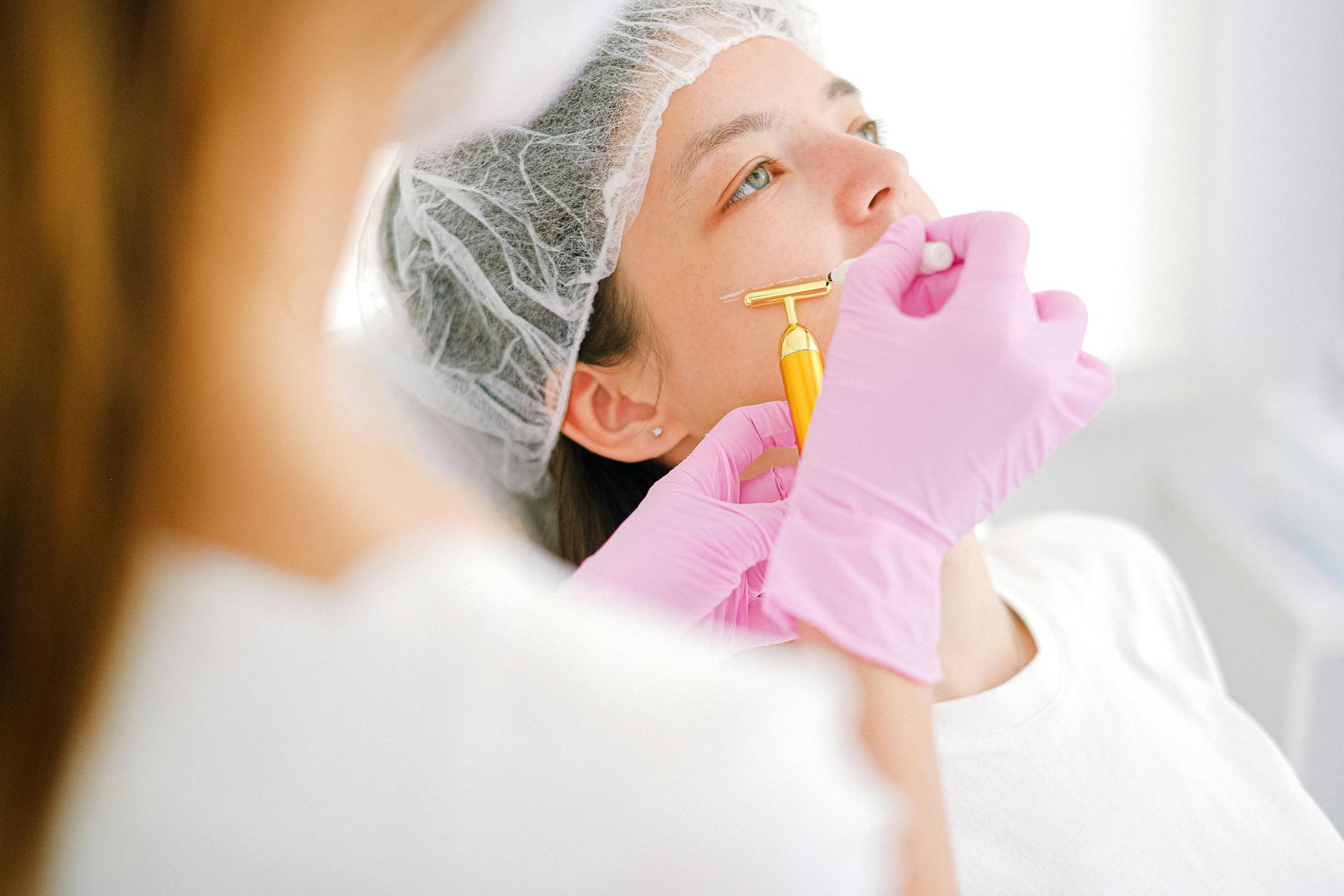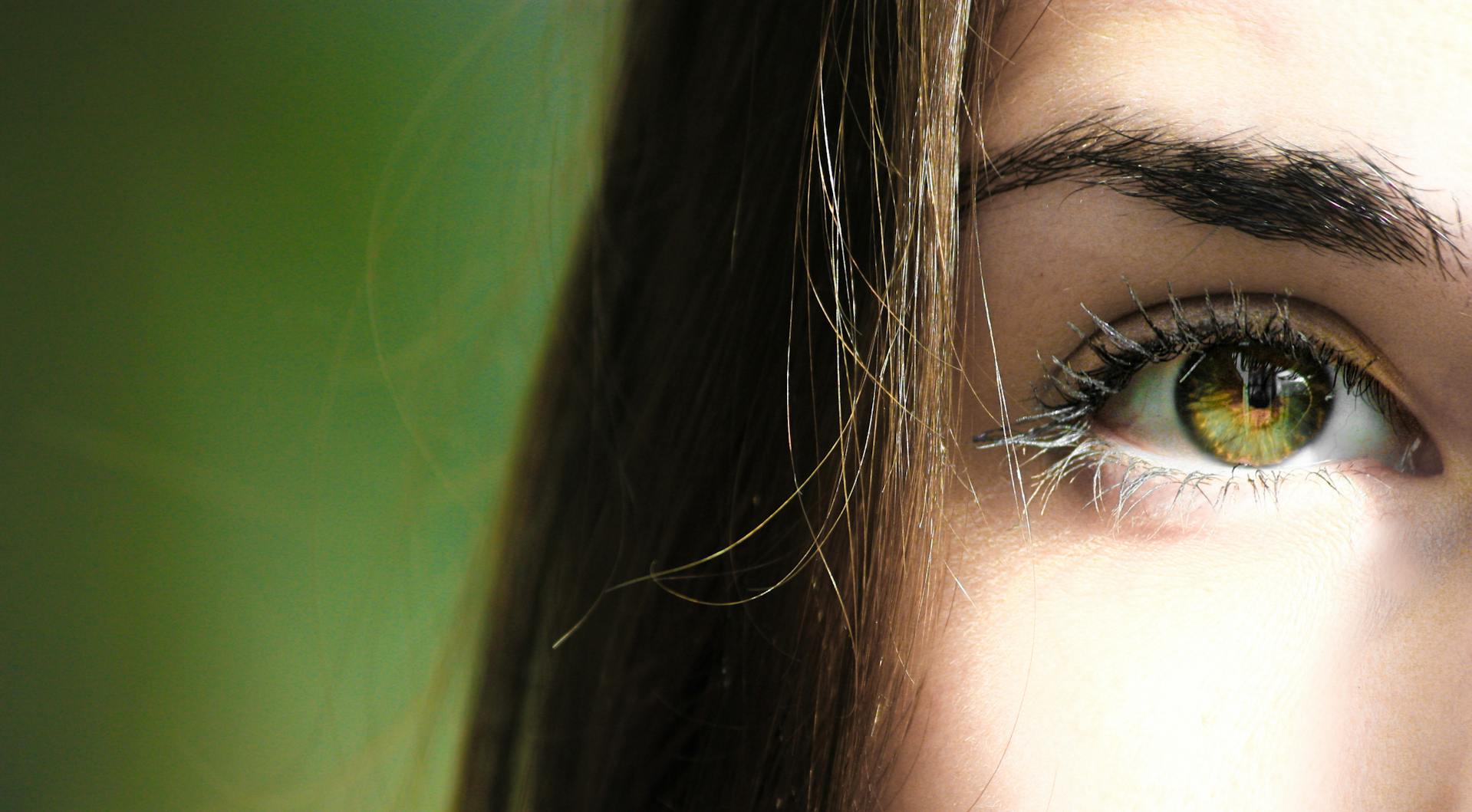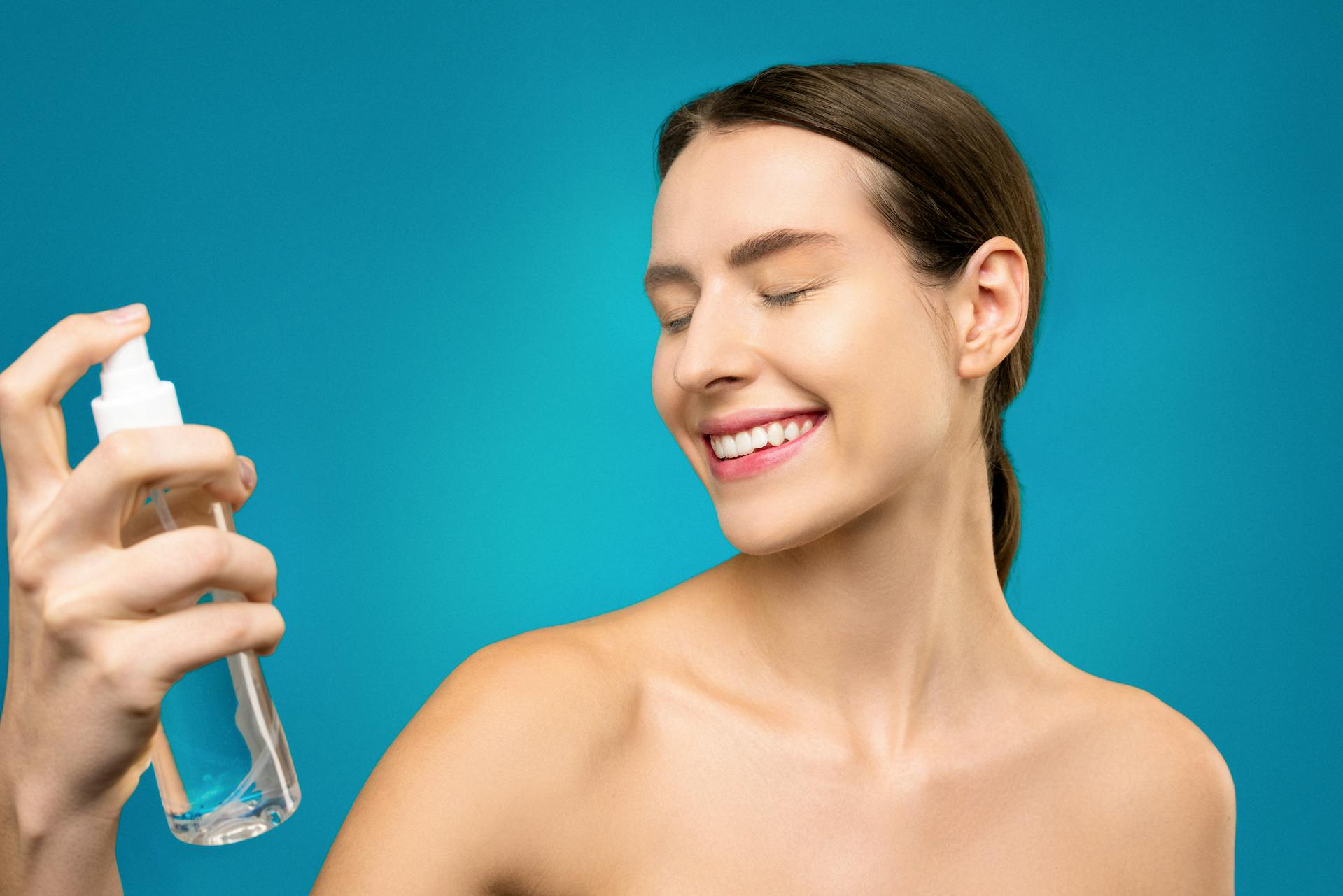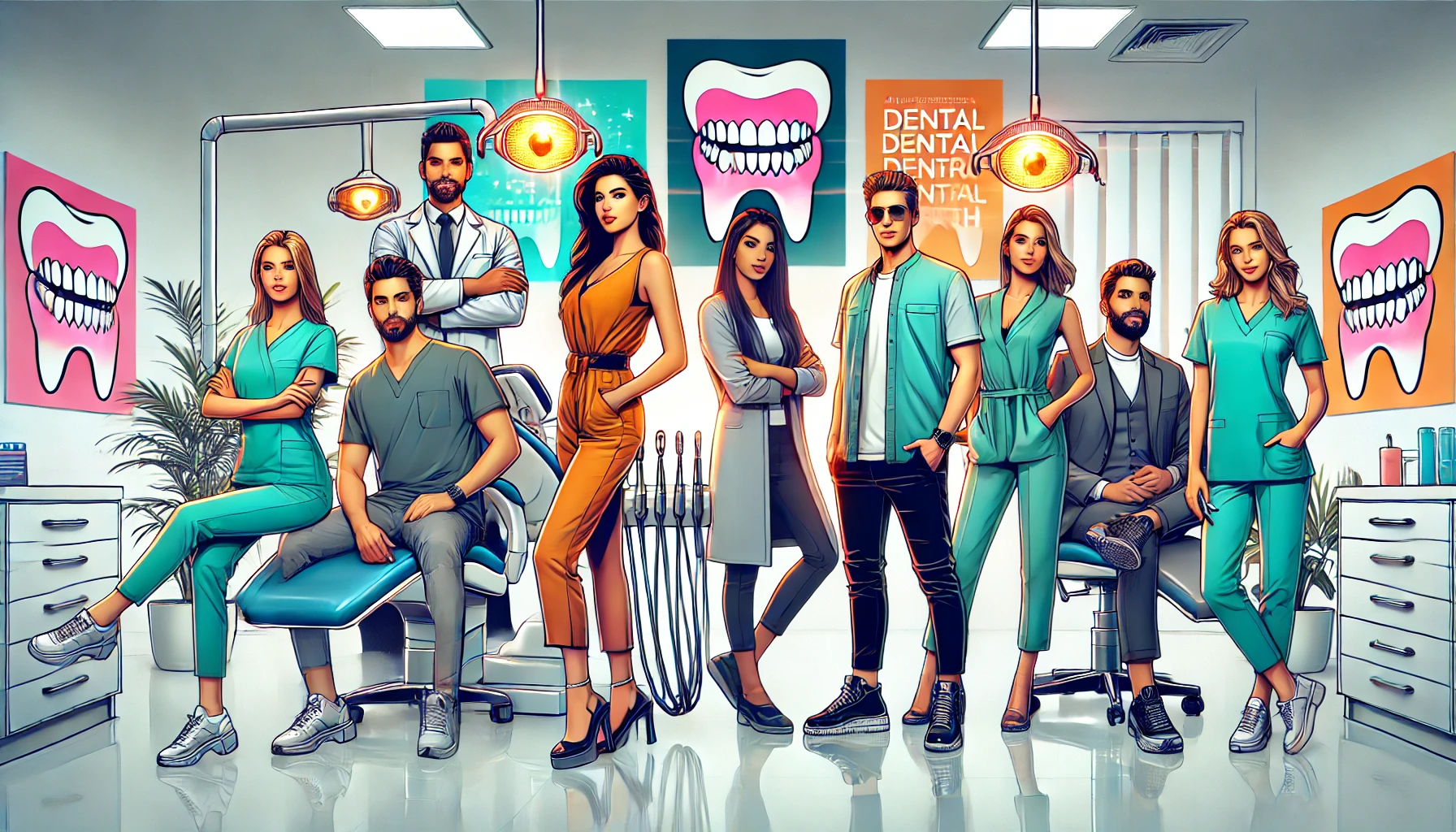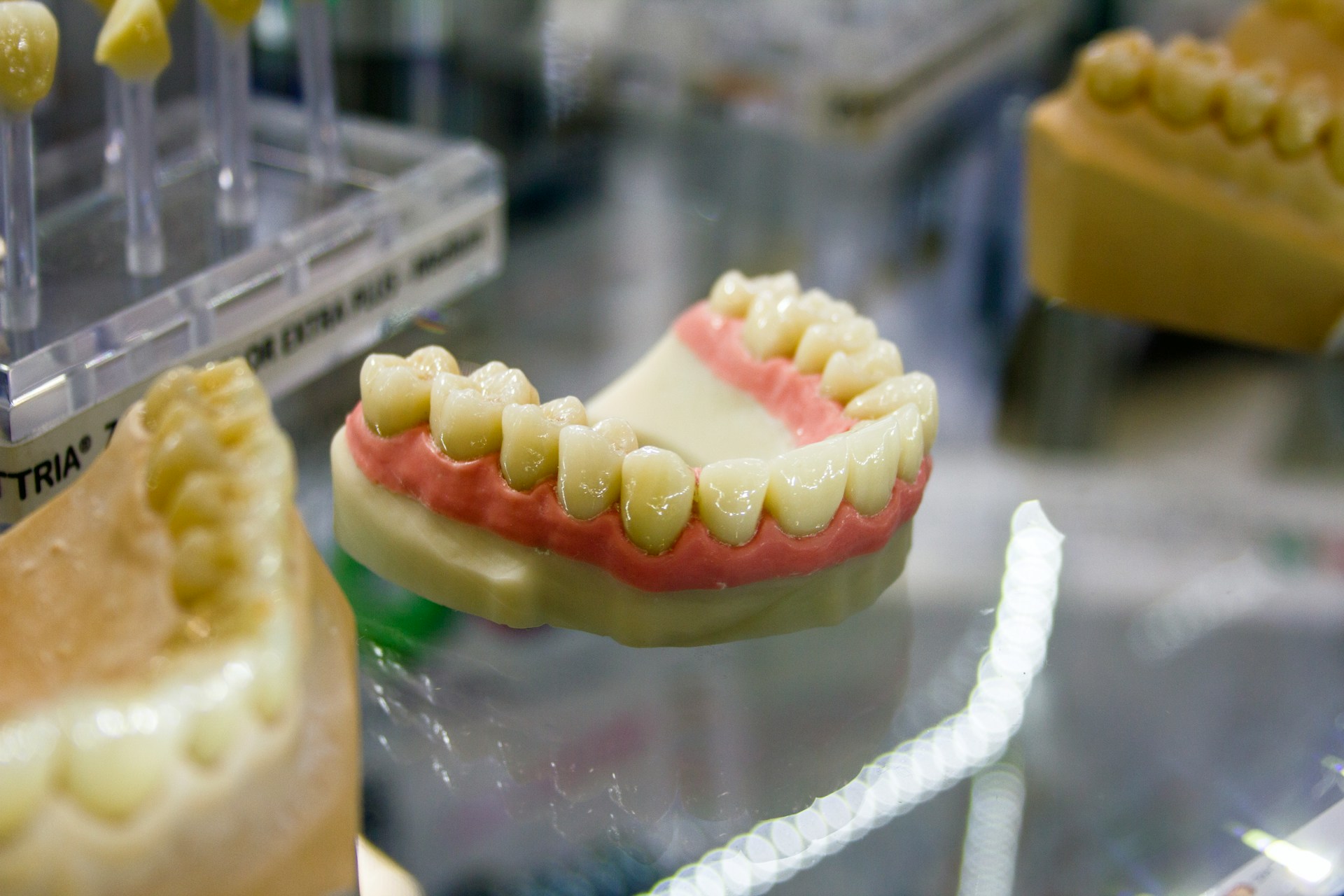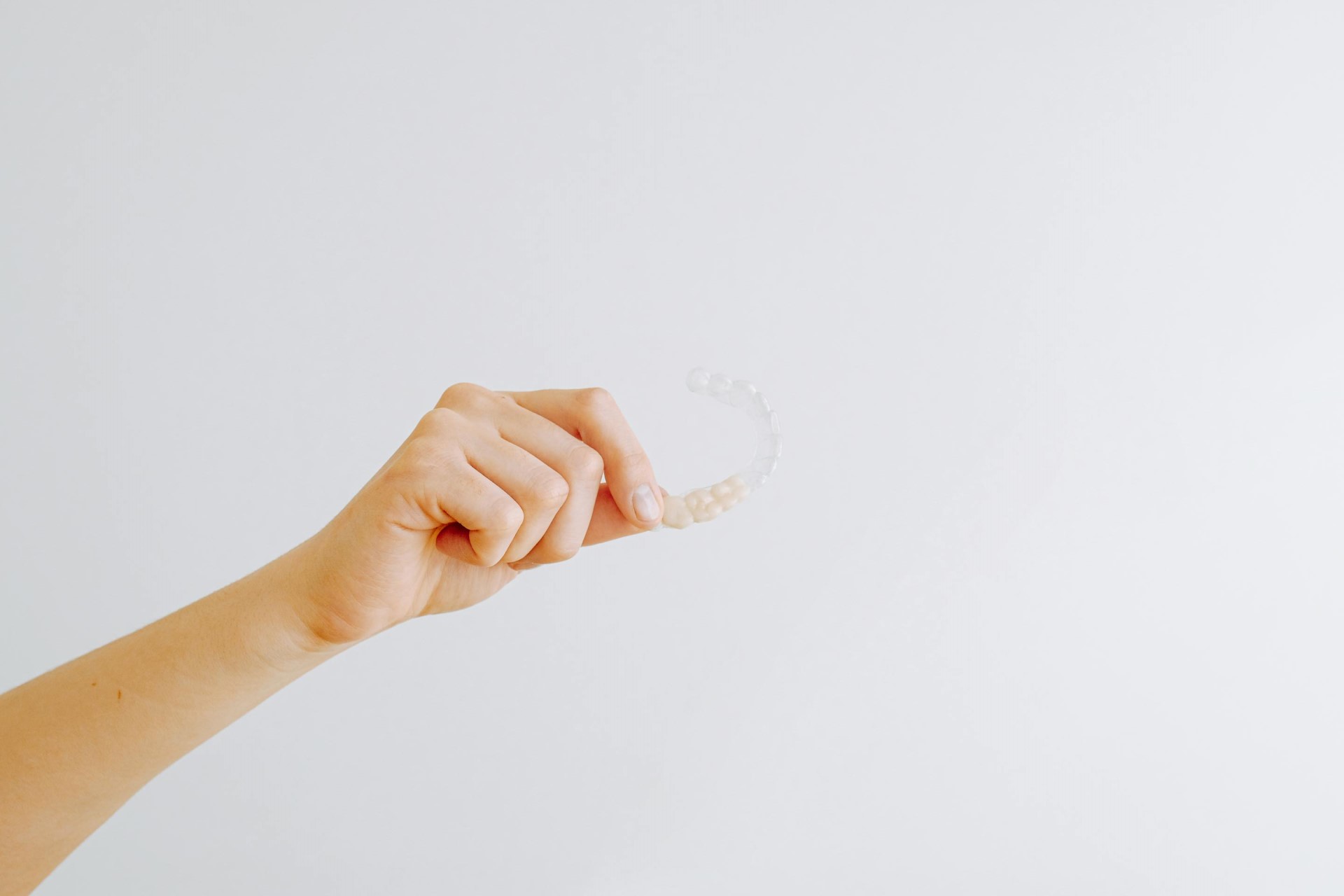Botox has established itself as a well-known option, primarily recognized for its remarkable ability to reduce wrinkles and fine lines. However, its benefits extend well beyond mere aesthetics.
This guide delves into the various benefits of Botox , how it works, and explores its various applications—ranging from treating migraines to managing excessive sweating—along with potential side effects that one should be mindful of. It also identifies who may be considered an ideal candidate for the treatment, outlines the administration process, discusses the recovery timeline, and presents alternatives worth considering.
Whether you are intrigued by cosmetic enhancements or seeking relief from certain medical conditions, this guide aims to provide valuable insights into the multifaceted world of Botox.
What is Botox?

Botox has gained significant popularity as a cosmetic treatment, primarily aimed at reducing wrinkles and providing anti-ageing benefits. Many individuals turn to it as a reliable option for enhancing their facial aesthetics and achieving a more youthful appearance.
This injectable therapy involves the administration of a purified protein that temporarily relaxes facial muscles, effectively smoothing out fine lines, particularly on the forehead and around the eyes, commonly referred to as crow’s feet.
While it is widely sought after for beauty enhancement, Botox is also acknowledged for its therapeutic applications, including the treatment of excessive sweating and migraines.
How Does Botox Work?
Botox functions through a method known as injection therapy, where a small quantity of botulinum toxin is injected into specific facial muscles to promote muscle relaxation. This process prevents the muscles from contracting, resulting in a noticeable reduction in the appearance of wrinkles and fine lines.
The effectiveness of Botox is significantly influenced by the skill and expertise of the practitioner, as proper administration is crucial for achieving desirable aesthetic outcomes and ensuring overall patient satisfaction.
When the botulinum toxin is injected into a targeted area, it blocks the transmission of nerve signals responsible for triggering muscle movement. This interruption effectively reduces excessive muscle contractions, which are often the culprits behind the typical signs of ageing.
While Botox is primarily recognised for its ability to smooth forehead lines and crow’s feet, it has also gained traction for enhancing other facial features, such as providing a fuller appearance to the lips. It is essential to emphasise the importance of professional guidance; selecting an experienced injector not only ensures safety but also maximises the chances of achieving the best possible results.
What are the Benefits of Botox?
The benefits of Botox extend far beyond merely reducing wrinkles; they include a range of aesthetic and therapeutic advantages that have solidified its position as a cornerstone of cosmetic dermatology. Despite the cost of Botox in the UK, many patients find its value in the significant anti-aging effects it delivers, along with enhanced skin rejuvenation and improved facial symmetry, which contribute to a noticeable boost in confidence.
Additionally, the treatment’s non-surgical nature and relatively quick procedure time make it an appealing option. Patients often feel that the cost of Botox in the UK is justified by the minimal recovery period, allowing them to resume daily activities almost immediately while addressing visible signs of aging effectively.
1. Reduces Wrinkles and Fine Lines
One of the most noteworthy advantages of Botox is its impressive ability to diminish wrinkles and fine lines, making it a fundamental treatment in the realm of anti-ageing aesthetic medicine. By focusing on the dynamics of facial expressions, Botox effectively smooths areas such as the forehead, the space between the brows, and the regions around the eyes, resulting in a more youthful and rejuvenated appearance.
Specifically, it proves to be highly effective in addressing certain types of wrinkles, such as crow’s feet, which appear at the outer corners of the eyes, and the horizontal lines on the forehead that tend to deepen with age.
To achieve the desired outcomes, a precise technique and a thorough understanding of facial anatomy are essential. The skill of the practitioner is vital in determining the appropriate dosage and injection method, ensuring that the treatment not only reduces wrinkles but also maintains the individual’s natural expressions and overall aesthetic appeal. A proficient injector can deliver results that enhance one’s beauty while preserving facial harmony.
2. Treats Migraines
Botox is often recognised for its cosmetic uses, but it is also gaining attention for its effectiveness in providing relief from migraines for many patients suffering from chronic headaches. This therapeutic application broadens the scope of Botox beyond mere beauty enhancement, placing it firmly in the medical field, where it has been clinically tested and approved for migraine treatment.
The effectiveness of Botox in this context arises from its capability to block the release of neurotransmitters that are involved in pain signalling, effectively interrupting the pathways that lead to migraine attacks. Clinical studies support this, showing that Botox can significantly reduce the number of days people experience migraines, with one study revealing a reduction of up to 50% for many participants.
Patients frequently report not only experiencing fewer headaches but also noticing a substantial improvement in their overall quality of life. Testimonials often emphasise a decreased need for other medications and a general sense of relief, highlighting how transformative this treatment can be for those living with chronic migraines.
3. Controls Excessive Sweating
Botox has become increasingly recognised as a treatment for excessive sweating, a condition known medically as hyperhidrosis. This offers a valuable solution for individuals who face challenges related to this issue. By blocking the nerve signals that trigger sweating, Botox injections can help people regain confidence in social situations and enhance their overall quality of life.
This treatment is especially effective for areas that are prone to excessive sweating, including the underarms, palms, and feet. The procedure typically takes around 30 minutes, making it a convenient choice for those with busy lifestyles. After the treatment, there is minimal recovery time, allowing individuals to quickly return to their daily activities.
It is essential to consult with qualified aesthetic professionals to develop a personalised treatment plan that addresses specific needs and concerns. This approach ensures optimal results while prioritising safety throughout the process.
4. Helps with Overactive Bladder
Plus its well-known cosmetic and dermatological applications, Botox has demonstrated significant benefits for individuals with an overactive bladder, highlighting its versatility in therapeutic uses. By relaxing the bladder muscles, Botox can greatly alleviate symptoms and enhance the quality of life for patients facing this condition.
The procedure for administering Botox as a treatment typically involves a healthcare professional who delivers a series of injections directly into the bladder wall using a cystoscope—a thin tube equipped with a camera. This minimally invasive method is designed to provide relief for individuals who have not experienced satisfactory results from traditional treatments, such as oral medications or lifestyle modifications.
Numerous studies suggest that Botox can lead to substantial improvements in symptom management, often resulting in fewer daily urges and incidents. Patients generally have a short recovery period, allowing them to quickly resume their daily activities. However, follow-up care is essential to monitor the treatment’s effectiveness and address any potential side effects.
5. Relieves Muscle Spasms and Stiffness
Botox is widely recognised for its effectiveness in relieving muscle spasms and stiffness, making it a valuable treatment option for various medical conditions that involve muscle control issues. Its capacity to induce muscle relaxation not only serves cosmetic purposes but also significantly enhances the quality of life for individuals with neuromuscular disorders.
For example, individuals experiencing cervical dystonia, a painful neurological movement disorder, often report substantial relief from symptoms after receiving Botox injections. Likewise, patients with multiple sclerosis, who may suffer from debilitating muscle tightness, can find that Botox helps restore mobility and reduce discomfort.
One patient, who had long struggled with chronic headaches caused by muscle spasms, experienced remarkable relief and regained the ability to engage in daily activities.
These accounts highlight how Botox can extend beyond aesthetic applications, providing profound therapeutic benefits by addressing serious medical challenges and promoting overall well-being.
What are the Possible Side Effects of Botox?

While Botox is widely regarded as a safe option, it is important to understand the potential side effects associated with this popular cosmetic treatment.
Individuals considering Botox should be aware that possible side effects can include:
- Temporary bruising and swelling at the injection site
- Headaches
- In rare instances, drooping eyelids
Following safety protocols and choosing to receive treatment from experienced aesthetic professionals can greatly reduce these risks.
1. Temporary Bruising and Swelling
One common side effect of Botox is temporary bruising and swelling around the injection site, which can understandably be a concern for individuals receiving treatment for the first time. This response often occurs as a natural reaction to the injection process and is usually short-lived, typically resolving within a few days with appropriate post-treatment care.
To minimise these effects, applying ice immediately after the procedure can be quite beneficial, as it helps constrict blood vessels and reduce inflammation. Additionally, it is advisable for patients to avoid certain medications, such as blood thinners and anti-inflammatory drugs, in the days leading up to and following the treatment.
By being aware of these side effects and taking proactive measures to address them, patients can improve their experience and satisfaction with the procedure, ensuring that any discomfort is both fleeting and manageable.
2. Headache
It is not uncommon for some patients to experience headaches following Botox treatment, as this can be a side effect of the procedure. While these headaches are typically mild and tend to resolve on their own, it is important for patients to communicate any discomfort they may feel to their practitioner for proper management.
Distinguishing these headaches from other potential post-treatment symptoms, such as swelling or bruising at the injection site, is essential for ensuring effective care. Patients should be informed about what to expect after their treatment, including how to recognise signs that might warrant further attention.
Being aware of these distinctions aids in addressing any concerns promptly and can help alleviate anxiety. Aftercare is also crucial in the recovery process; adhering to proper guidelines regarding rest, hydration, and follow-up appointments can significantly enhance the overall experience.
Equipping patients with knowledge about their post-treatment care give the power tos them to navigate their healing process more smoothly and ensures they know when it is appropriate to seek assistance.
3. Flu-like Symptoms
Patients may occasionally report flu-like symptoms after receiving Botox injections. While these symptoms are typically mild and temporary, often resolving shortly after treatment, it is advisable for patients to keep an eye on their health and consult their doctor if the symptoms persist.
In such instances, recognising the link between these symptoms and the injection process is vital for effective recovery. Providing comprehensive post-treatment care is essential, as it allows healthcare professionals to address and manage any side effects that may occur.
The expertise of the practitioner significantly influences the quality of aftercare guidelines provided, which can help alleviate discomfort and enhance the overall treatment experience.
Additionally, maintaining open communication between patients and their healthcare providers creates a supportive environment where concerns can be promptly addressed, leading to a more positive outcome and reassurance during the healing process.
4. Drooping Eyelids
Drooping eyelids, or ptosis as it is known in medical terms, is a rare side effect of Botox that may occur if the toxin spreads beyond the intended injection site. This can result in temporary muscle relaxation, making it essential for patients to have an open discussion with their practitioners before undergoing treatment.
For those considering Botox, it is important to understand the underlying causes of ptosis. Factors such as improper injection technique, excessive dosage, or even individual anatomy can contribute to this unwanted condition.
Minimising the risk of ptosis heavily relies on proper technique, which should be performed by an experienced practitioner. It is crucial for individuals seeking treatment to engage in thorough consultations, allowing expert practitioners to assess their unique needs and tailor approaches accordingly.
Such assessments not only ensure that the treatment is safe but also effective, ultimately promoting positive outcomes while reducing the likelihood of side effects like drooping eyelids.
5. Difficulty Swallowing or Breathing
In extremely rare cases, Botox may lead to difficulties with swallowing or breathing, which underscores the importance of adhering to safety protocols during treatment. It is essential for patients to be aware of these potential severe side effects and to discuss any concerns with their practitioner beforehand.
Understanding these risks not only creates a safer treatment environment but also give the power tos individuals to make informed decisions regarding their cosmetic procedures. Practitioners have a responsibility to provide thorough education about both the benefits and risks associated with Botox, ensuring that patients are well-prepared for any unexpected outcomes.
It is vital to have established emergency protocols in place to address any complications that may occur during or after the procedure. Additionally, follow-up care is crucial, as it allows medical professionals to monitor patients for any adverse reactions and emphasises the importance of recognising unusual symptoms at an early stage.
Who is a Good Candidate for Botox?

Determining a suitable candidate for Botox involves a careful consultation process to assess individual aesthetic goals and medical history. Generally, ideal candidates are healthy adults seeking non-surgical options for facial rejuvenation and a reduction in the appearance of wrinkles. However, certain medical conditions may affect eligibility.
Several factors, including age, overall health, and specific skin conditions, play a crucial role in this decision-making process. While Botox is often sought by individuals in their late 20s and older, younger candidates may also benefit if they show early signs of ageing.
A thorough evaluation ensures that any underlying health issues or skin types, such as sensitive or reactive skin conditions, are properly considered. Developing personalised treatment plans is essential for tailoring the approach to meet each individual’s needs, thereby enhancing both effectiveness and safety.
Additionally, ongoing patient education about post-treatment care and expectations is vital for fostering a positive experience and achieving optimal results.
How is Botox Administered?
The administration of Botox is a meticulous process that requires careful injection therapy carried out by trained practitioners. The injections, delivered with a fine needle, are strategically placed across various treatment areas to target specific muscles, thereby achieving the desired cosmetic and therapeutic outcomes.
Before the procedure, the practitioner conducts a comprehensive consultation to fully understand the individual’s needs and concerns, ensuring a personalised approach. This assessment includes evaluating the facial structure and discussing the treatment goals.
During the injection process, the practitioner uses a steady hand and precise technique to minimise discomfort. To enhance comfort further, they often apply ice or topical anaesthetics.
After the procedure, it is essential for the individual to follow specific post-treatment guidelines. These may include:
- Avoiding strenuous activity
- Refraining from lying down for several hours
- Not touching or rubbing the treated areas
Ultimately, the skill and expertise of the practitioner are vital in achieving optimal results that are tailored to each person’s unique facial dynamics.
What is the Recovery Process Like?
The recovery process following Botox treatment is generally quick and straightforward, enabling patients to return to their daily activities almost immediately. Most individuals experience only minor side effects, such as slight bruising or swelling, which can be effectively managed with appropriate post-treatment care to achieve the best results.
In the days immediately after the procedure, it is important for patients to follow the specific aftercare instructions given by their practitioner. This includes avoiding strenuous exercise, heavy lifting, and exposure to extreme temperatures, as these factors can elevate the risk of complications.
Patients should also keep in mind that the results may take several days to fully develop, with optimal effects typically becoming noticeable around two weeks after the treatment. If any unusual symptoms occur, such as persistent pain or significant swelling, it is crucial to seek further consultation to address these concerns.
By adhering to these guidelines, individuals can ensure a smooth recovery and significantly increase their satisfaction with the treatment outcomes.
What are the Alternatives to Botox?

Botox is certainly a popular option for reducing wrinkles and rejuvenating the face, but it is important to recognise that there are several alternatives available that offer unique benefits for individuals interested in cosmetic enhancements.
Treatments such as dermal fillers, laser therapies, chemical peels, and microdermabrasion present different approaches to skincare and anti-ageing. These options cater to a range of aesthetic goals, allowing individuals to choose the method that best aligns with their needs.
1. Dermal Fillers
Dermal fillers have become a popular alternative to Botox, primarily focusing on adding volume to the face and improving skin texture. They are an excellent option for those seeking to enhance their beauty without undergoing surgical procedures.
While Botox works mainly to reduce wrinkles by relaxing facial muscles, fillers aim to restore lost volume and can effectively address deeper lines.
These injectables are available in various formulations, such as hyaluronic acid, calcium hydroxyapatite, and poly-L-lactic acid, each offering unique benefits tailored to specific aesthetic goals. They work by plumping the skin, resulting in a smoother, more youthful appearance.
Many individuals opt for dermal fillers than Botox to achieve better facial balance and contouring, specifically targeting areas like the cheeks, lips, and under-eye regions.
It is essential for individuals to consult with qualified aesthetic professionals to identify the most suitable type of filler for their needs. This ensures that the results appear natural and harmonious, enhancing their overall appearance.
2. Laser Treatments
Laser treatments offer an effective alternative for skin rejuvenation by utilising advanced technology to enhance skin texture, tone, and reduce wrinkles. These non-invasive procedures can address a variety of skin conditions, providing individuals with a viable option to improve their appearance and tackle signs of ageing.
Among the popular types of laser treatments are fractional lasers, which use focused beams of light to penetrate the skin’s surface. This process promotes collagen production, leading to significant improvements in fine lines and scars.
Intense Pulsed Light (IPL) treatments, on the other hand, specifically target pigmentation issues and vascular lesions, resulting in a brighter complexion while minimising the risk of damage to surrounding tissues.
Treatment durations can vary, typically ranging from 30 minutes to a couple of hours, depending on the specific procedure and the area being treated. It is crucial for individuals to consult with qualified professionals, as expert guidance ensures personalised treatment plans and maximises the potential for successful and satisfying outcomes.
3. Chemical Peels
Chemical peels serve as an alternative treatment that exfoliates the skin, encouraging cell turnover and revealing a fresher, more youthful appearance. By utilising specific chemical solutions, these peels effectively target a variety of skin conditions, making them a favoured option for those looking to achieve significant improvements in their skin’s appearance.
There are three primary types of chemical peels: superficial, medium, and deep. Each type is specifically designed to address different skin issues, ranging from mild discolouration to deeper wrinkles and scarring. During the procedure, a solution is applied to promote the shedding of old skin layers, allowing rejuvenated skin to emerge.
Patients can expect varying outcomes; many often report improved texture, reduced blemishes, and a more vibrant complexion following treatment. Aftercare is essential to maintain the results and protect the skin during the healing process.
When comparing chemical peels to Botox, which smooths fine lines by targeting muscle activity, chemical peels take a different approach by focusing on the resurfacing of the skin. This provides a more holistic method for skin rejuvenation.
4. Microdermabrasion
Microdermabrasion is a gentle exfoliation technique designed to improve skin texture and promote overall rejuvenation. This non-invasive treatment effectively removes dead skin cells, encouraging new cell growth and resulting in a refreshed and revitalised appearance—all without the need for injections.
Additionally, it enhances the absorption of skincare products, making them more effective, while also minimising the visibility of fine lines, sun damage, and mild acne scarring.
Given that microdermabrasion is suitable for a wide variety of skin types, including oily, dry, and combination skin, it serves as an appealing alternative to more invasive procedures. The results can be likened to those of Botox, which specifically targets wrinkles through muscle relaxation, providing a different method of rejuvenation.
While both treatments aim to deliver a more youthful appearance, incorporating microdermabrasion into a comprehensive skincare routine can significantly enhance overall skin health. This approach allows individuals to achieve luminous skin naturally, without the potential side effects associated with injectables.
Regular treatments can further sustain and amplify these effects, leading to lasting improvements in skin quality.
Frequently Asked Questions
What are some of the top benefits of Botox other than reducing wrinkles?
Botox is a popular cosmetic procedure known for its ability to reduce wrinkles, but it also offers many other benefits. These include reducing excessive sweating, treating migraines, and improving the appearance of a gummy smile.
How does Botox help with excessive sweating?
Botox injections can block the nerve signals that cause excessive sweating, also known as hyperhidrosis. This can help reduce sweat production and improve overall quality of life for those dealing with this condition.
Can Botox be used for medical purposes?
Yes, Botox has been approved by the FDA for various medical conditions, including chronic migraines, overactive bladder, and even crossed eyes. It is important to consult with a trained medical professional to determine if Botox is a suitable treatment option.
How does Botox help with migraines?
Botox injections can help prevent migraines by blocking the release of certain chemicals that are involved in the pain signaling process. This can result in fewer and less severe migraine attacks for those who suffer from chronic migraines.
Can Botox be used to improve the appearance of a gummy smile?
Yes, Botox can be used to relax the muscles that control the upper lip, resulting in a less prominent gum line when smiling. This treatment is a popular choice for those looking to improve their smile without undergoing invasive surgery.
Are there any side effects of Botox injections?
As with any medical procedure, there is a risk of side effects with Botox injections. Common side effects include bruising, redness, and mild discomfort at the injection site. In rare cases, more serious side effects such as difficulty swallowing or breathing may occur, so it is important to discuss any concerns with your medical provider.
